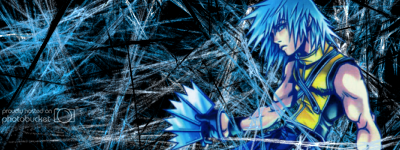
W tym samouczku zapoznasz się z metodą „Dynamiczny płomień”. Nazwa pochodzi od naszego szerokiego stosowania Filtra Płomienia.
** Uwaga: ten przewodnik nie obejmuje technik warstwowych, ponieważ został stworzony, zanim dowiedziałem się o warstwach. Niemniej jednak możesz eksperymentować i udoskonalać tę metodę.
Tworzenie żywego banera –
1. Zacznij od otwarcia nowego dokumentu (używam rozmiaru 400×150 pikseli).
2. Wypełnij płótno jednolitym czarnym tłem.

3. Zmień kolor tła na biały i wybierz preferowany kolor pierwszego planu dla motywu banera (mój wybór to niebieski).
4. Let’s begin using the Flame effect. Access it by right-clicking and navigating to Filters > Render > Nature > Flame. You can detach the Flame menu into a separate window for easier access.
5. In the Flame settings, go to Edit. I suggest setting the variation to Linear, but feel free to explore. Click ‘Randomize’ until you find a flame pattern you like.

6. Once you’re happy with a flame, confirm it. Then, in the Camera tab, adjust its position as desired.
7. Repeat steps 5 and 6 until you’ve filled your canvas with the desired amount of flames.

7.5. [Optional] – To achieve a more uniform color background, use Tools > Color Tools > Colorize. Adjust to a hue that complements your primary color.

8. Add depth with black flames. Set both colors to white, select your flame, then change the colors to black before placing the flame.

** Note: Experiment with white flames for different effects.
9. Revert to your original color scheme and add a few more flames for texture.

10. Continue adding flames to enhance depth and complexity.

11. Time to add your chosen image or render. Adjust its color to match your background’s dominant hue using the Gradient Tool set to Overlay and Linear Shape.
12. Apply the gradient to your image as needed.
13. Place your image onto your background.

14. Integrate your image seamlessly by adding more flames over it, blending it with the background.
Główna wersja kolorystyczna

Czarna wersja

15. Create a border using the Rectangle Select Tool with Feather Edges enabled. Invert the selection and fill with black.

16. Finally, add your text. Here’s my simple white text example:
Congratulations! You’ve creatively utilized one of Gimp’s many features.
Please share your creations 🙂

